
The first woman to perform a spacewalk
SVETLANA SAVITSKAYA of Moscow
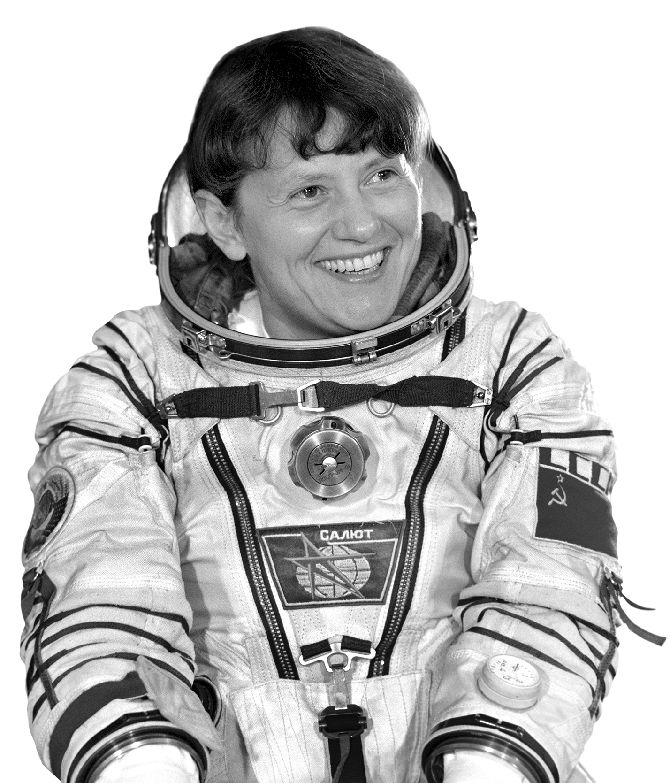
My goal was to flyLEARN MORE








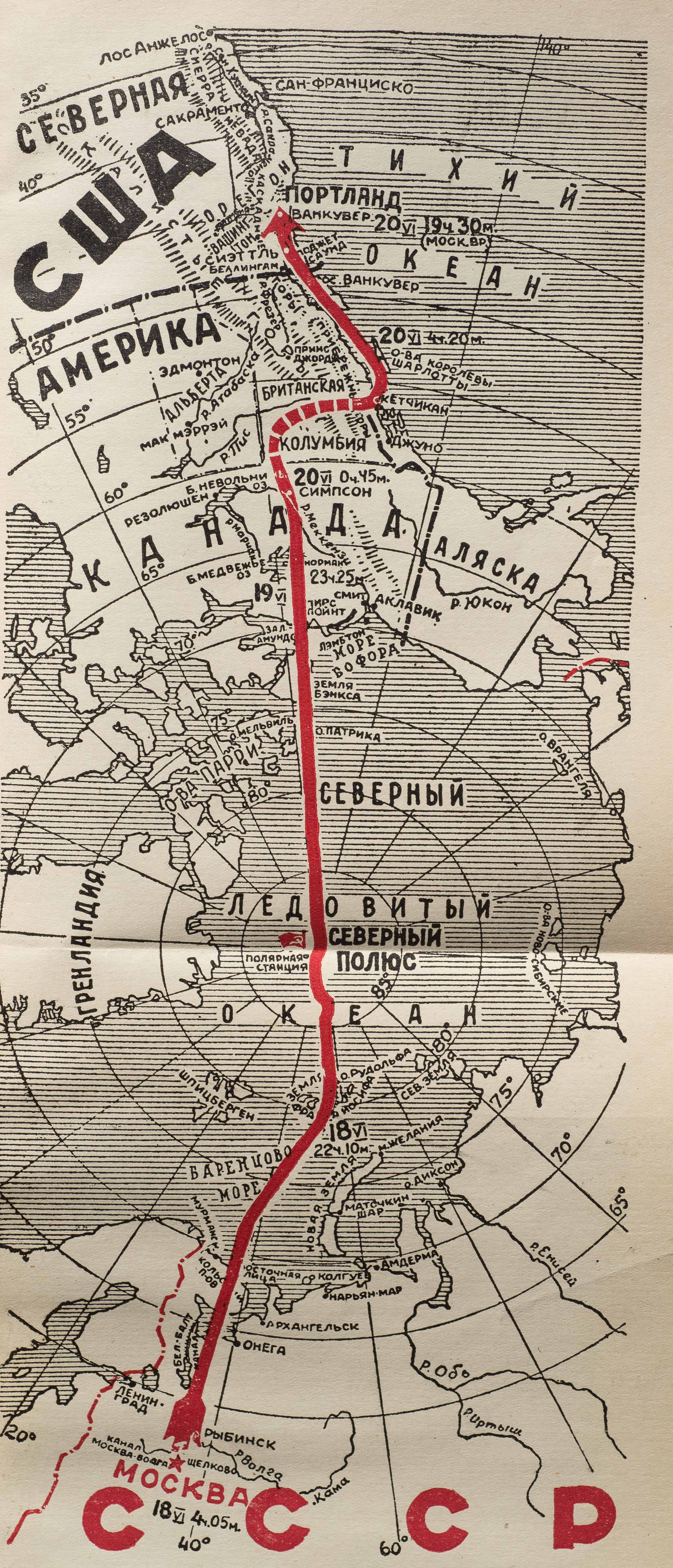


The 80th anniversary of the legendary transpolar flight
An air crew under Valery Chkalov performed the first ever Moscow-Vancouver flight over the North Pole (and the first straight flight from the USSR to North America). An ANT-25 plane designed by Andrei Tupolev’s bureau in Moscow took off from the Shchelkovo airfield at 4.04 a.m. on 18 June 1937 and covered a distance of 9,130 kilometres which took 63 hours 16 minutes.
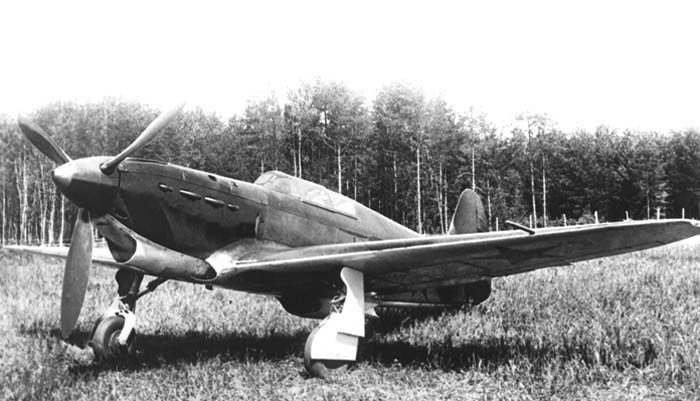



Legendary aircraft of the Great Patriotic War
Between 1943 – 1945, the Normandie-Niemen fighter squadron of the French Air Force fought against Germany on the USSR’s side. On their arrival to the USSR, the French pilots were offered a choice of the best contemporary fighters, including Soviet La-5 and Yak-1planes, British Hawker Hurricanes, and US P-39 Airacobras. The French chose Yaks designed by Alexander Yakovlev’s Moscow design bureau.
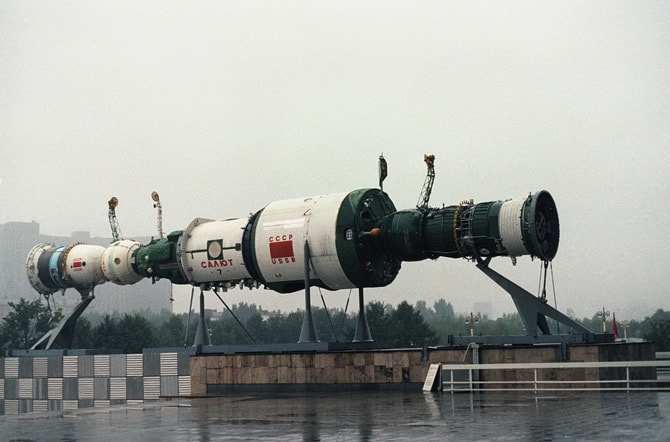

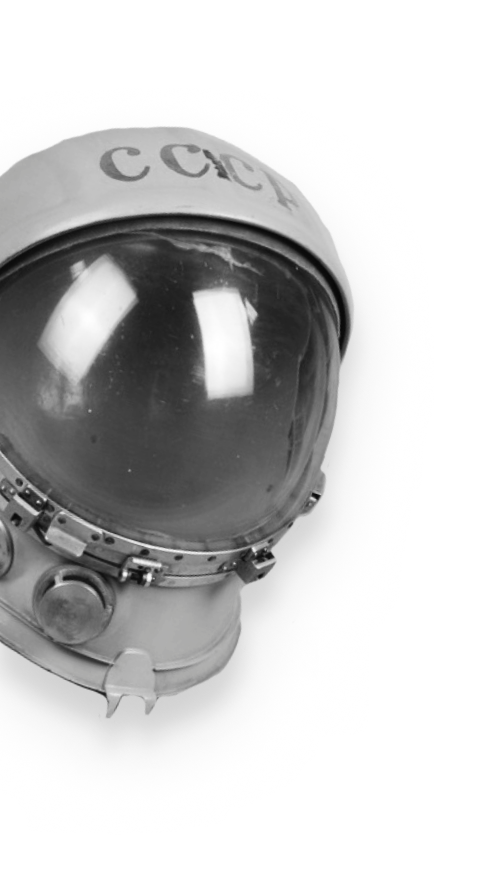
An orbital space station
Involved in its creation was the Salyut design bureau established in Moscow in 1951 by the outstanding aircraft designer Vladimir Myasishchev. Thirteen spacewalks were performed from Salyut-7, including the first female spacewalk by Svetlana Savitskaya of Moscow, which lasted a total of 48 hours 33 minutes.
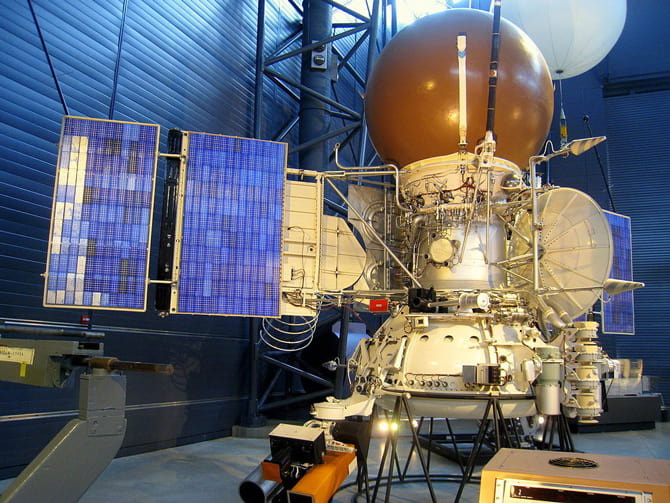

Automatic interplanetary stations launched to explore Venus and Halley’s Comet
The Vega spacecraft were created as part of the international Venus-Halley’s Comet project. Between 1984-1986, they were exploring Venus (dropping landing craft on its surface and balloon probes in its atmosphere) and Halley’s Comet. Two craft – Vega-1 and Vega-2 – were designed for the mission to ensure its success and study Venus from two different points. Halley’s Comet was observed from various distances from the Sun. The project was supervised by Moscow’s Roald Sagdeyev, the then head of the Space Research Institute. Vega-1 and Vega-2 sent back to Earth over 1,500 photographs and helped international science to obtain unique information concerning the cosmic objects being studied at the time.